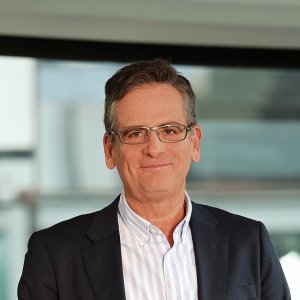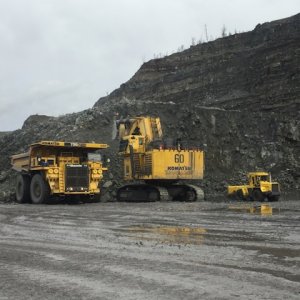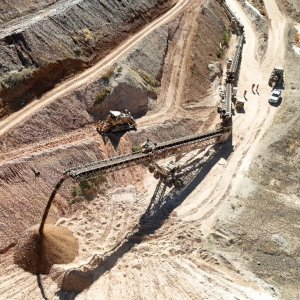
Slow and Steady wins the Development Race
The cost to build a mine can reach astronomical heights, especially if proper due diligence is not carried out. Often, operators consider the costs outlined in the PFS, and based on this information, must decide whether the financing can be obtained and whether this makes the mine worth building. But if auxiliary aspects of a mine are overlooked, this can put the entire project in jeopardy over the long term.
Building a mine is a highly risky process, not least because of the time taken to carry out this process. “Lead times can range from a few years to decades, depending on the type of mineral, size and grade of the deposit, financing conditions, country factors and commodity prices,” says the World Bank in a study. “One-third of copper discoveries since 1950 have had lead times to eventual production of 30 or more years.”
Given the slow ROI involved in mining, operators want to guarantee that projects will reach production without a hitch. But Mariano Calderón, Partner at law firm Santamarina + Steta, says that, even if these aspects are considered, intricacies in Mexican law mean companies should always expect the unexpected. “Companies could have performed proper due diligence, acquired all the permits, made all the payments and on the day when operations are expected to start, a community or ejido can file a lawsuit claiming they are the rightful owners of that piece of land, embroiling the company in lengthy litigation,” he says.
For this reason, Alfonso Caso, Founding Partner of ANAF Energy Social, says it is important to maintain constant contact with the local communities to transmit the benefits. He warns, however, that the fragmentation that exists in the industry can be an issue. “As one company explores, another builds the mine infrastructure and a third carries out the operations,” he says. “The first company will promise certain things to the local community to secure the exploration concession, which it will most likely not fulfill because it leaves after completing its part. As a result, when operations begin, the relationship with the community is already damaged.”
INFRASTRUCTURE
Another aspect that can complicate the mine development process is whether the correct infrastructure exists. Mines are often in remote locations with lower population density, meaning building of infrastructure is largely not prioritized by the public sector. “If the private sector wants efficient, effective infrastructure, it should not leave the responsibility in the hands of the government,” says Sergio Kuroda, Director General of KRAH Mexico. “It is also the private sector that benefits from mining projects, so it should balance this by contributing infrastructure and connectivity to the communities in which it is working.”
Not only does an operator need to consider whether the roads, telecommunications, water and energy infrastructure are in place, but also has to consider ore processing, which can add considerable costs to the project. Some operators are coming up with innovative solutions.
Minera Hecla, for example, operates the San Sebastian mine in Durango, on a neighboring property to Golden Minerals’ Velardeña property, where it has an oxide plant. Hecla leases the plant in a contract up to 2020. “We have been able to extend this agreement three times as we kept finding new ore zones,” says Carlos Aguiar, Vice President Mexico of Minera Hecla. The company also entered into a toll milling agreement in which sulfide ore will be trucked 26 miles to Excellon’s Miguel Auza flotation mill facility in Zacatecas.
MINES IN DEVELOPMENT
As metals prices slowly but surely recover from their 2015 dip, more and more mines are coming into production. Several new projects are entering development as operators see greater potential. Chief among them are Bacanora Lithium’s Sonora Lithium project and Azure Minerals’ Sara Alicia cobalt project. Another sizeable investment from Fresnillo is being made in Orisyvo in Sinaloa for US$350 million.
But by far the greatest investment has been in Chesapeake’s Metates deposit in Durango. The Metates project is one of the largest, undeveloped disseminated gold and silver deposits in the world, with proven and probable reserves of 18.5 million ounces of gold. The initial capital cost for a smaller mine is estimated at US$1.91 billion, including a US$244 million contingency, but ultimately the project is expected to cost US$3.49 billion. With this kind of money at stake, Chesapeake is taking its time advancing it into development. Randy Reifel, the company’s President says the potential held by the deposit means no mistakes can be made. “One day, Metates will be the largest gold and silver mines in Mexico,” he says.
















